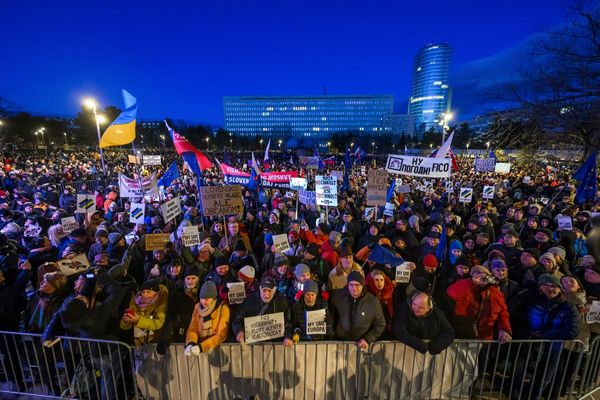
The death toll from rain-related incidents over the past month has risen to 147 as monsoon rains continue to lash Pakistan, triggering flash floods in some parts of the country, officials said.
The National Disaster Management Authority said that 88 women and children are among the dead so far. The monsoon rains also damaged homes, roads, bridges and power stations across the country.
The situation was particularly dire in the major southern port city of Karachi, the country's largest, where entire neighborhoods remained submerged on Monday, leaving commuters stranded in places or attempting to wave through knee-deep water on foot or on bicycles. Some residents arranged for boats to move them to safer places.
“At the moment, the situation is like this that we need to travel by boat rather than in vehicles as the roads are flooded,” said one resident, Abdul Raheem.
Other Karachi residents said they were forced to abandon their cars on submerged roads and walk through waist-high water. Authorities summoned paramilitary troops to help with efforts to drain the waters from flooded streets and evacuate people.
The rains are said to be almost twice as heavy as the average downpour at this time of the year. They started in mid-June, initially causing havoc in southwestern Baluchistan province, where 63 people have died so far.
In Sindh province, where Karachi is the capital, the disaster agency said at least 26 people died. Heavy rain also struck Islamabad and eastern Punjab province.
Experts say climate change is the cause for the heavier than average downpour in Pakistan.
Every year, many cities in Pakistan struggle with the annual monsoon deluge, drawing criticism about poor government planning. The season runs from July through September and experts say rains are essential for irrigating crops and replenishing dams and other water reservoirs in Pakistan. Parts of southern Pakistan have faced drought since earlier this year.







